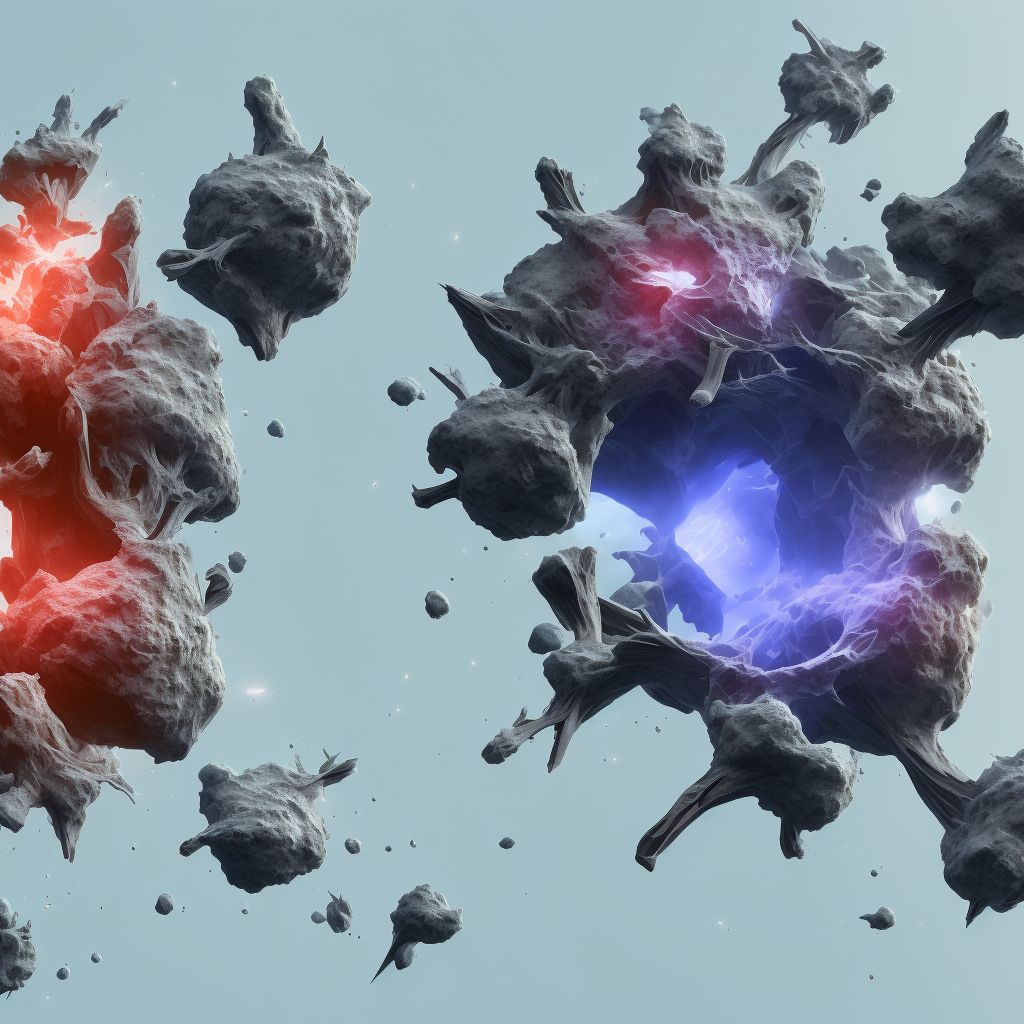
Displaced fracture of unspecified tibial tuberosity, subsequent encounter for open fracture type I or II with routine healing Save
ICD-10 code: S82.153E
Disease category: S82.153: Displaced fracture of unspecified tibial tuberosity
Displaced Fracture of Unspecified Tibial Tuberosity: Understanding the Healing Process
A displaced fracture of the tibial tuberosity can be a challenging injury that requires proper medical attention and care. In this article, we will delve into the subsequent encounter for open fracture type I or II with routine healing, focusing on understanding the healing process. While we won't discuss treatment options here, we aim to provide valuable insights into what to expect during the healing phase.
- Fracture Classification: A displaced fracture of the tibial tuberosity refers to a break in the bony prominence at the upper end of the tibia, where the patellar tendon attaches. This injury can be classified as an open fracture type I or II, involving a wound smaller than 1 cm in size without extensive soft tissue damage.
- Initial Evaluation: When you initially seek medical help for this injury, your healthcare provider will conduct a thorough examination, including X-rays or other imaging tests, to assess the extent and displacement of the fracture. Based on the evaluation, they will determine the appropriate course of action.
- Subsequent Encounter: The subsequent encounter for open fracture type I or II refers to a follow-up visit after the initial diagnosis and treatment. During this encounter, your healthcare provider will assess the progress of healing and make necessary adjustments to your care plan.
- Healing Process: Following proper treatment and care, routine healing is expected. The timeline for healing can vary depending on factors such as age, overall health, and the severity of the fracture. Generally, it takes several weeks to months for the tibial tuberosity to heal fully.
During the healing process, it is crucial to follow your healthcare provider's instructions diligently. This may include immobilizing the affected area with a cast, brace, or other supportive devices. Additionally, you might be advised to limit weight-bearing activities and engage in physical therapy to regain strength and mobility.
While each case is unique, routine healing of a displaced fracture of the tibial tuberosity is a gradual process. It is essential to be patient and allow your body the time it needs to heal properly.
Remember, this article provides information about the subsequent encounter and healing process for a displaced fracture of the tibial tuberosity. To ensure proper care and treatment, consult with a qualified healthcare professional who can provide personalized advice based on your specific condition.
Treatment of Displaced fracture of unspecified tibial tuberosity, subsequent encounter for open fracture type I or II with routine healing:
Treatment Options for Displaced Fracture of Unspecified Tibial Tuberosity
A displaced fracture of the tibial tuberosity can be a painful and debilitating injury. It occurs when the bony prominence below the knee joint becomes fractured and moves out of its normal position. If you have been diagnosed with a displaced fracture of the unspecified tibial tuberosity, subsequent encounte...
To see full information about treatment please Sign up or Log in